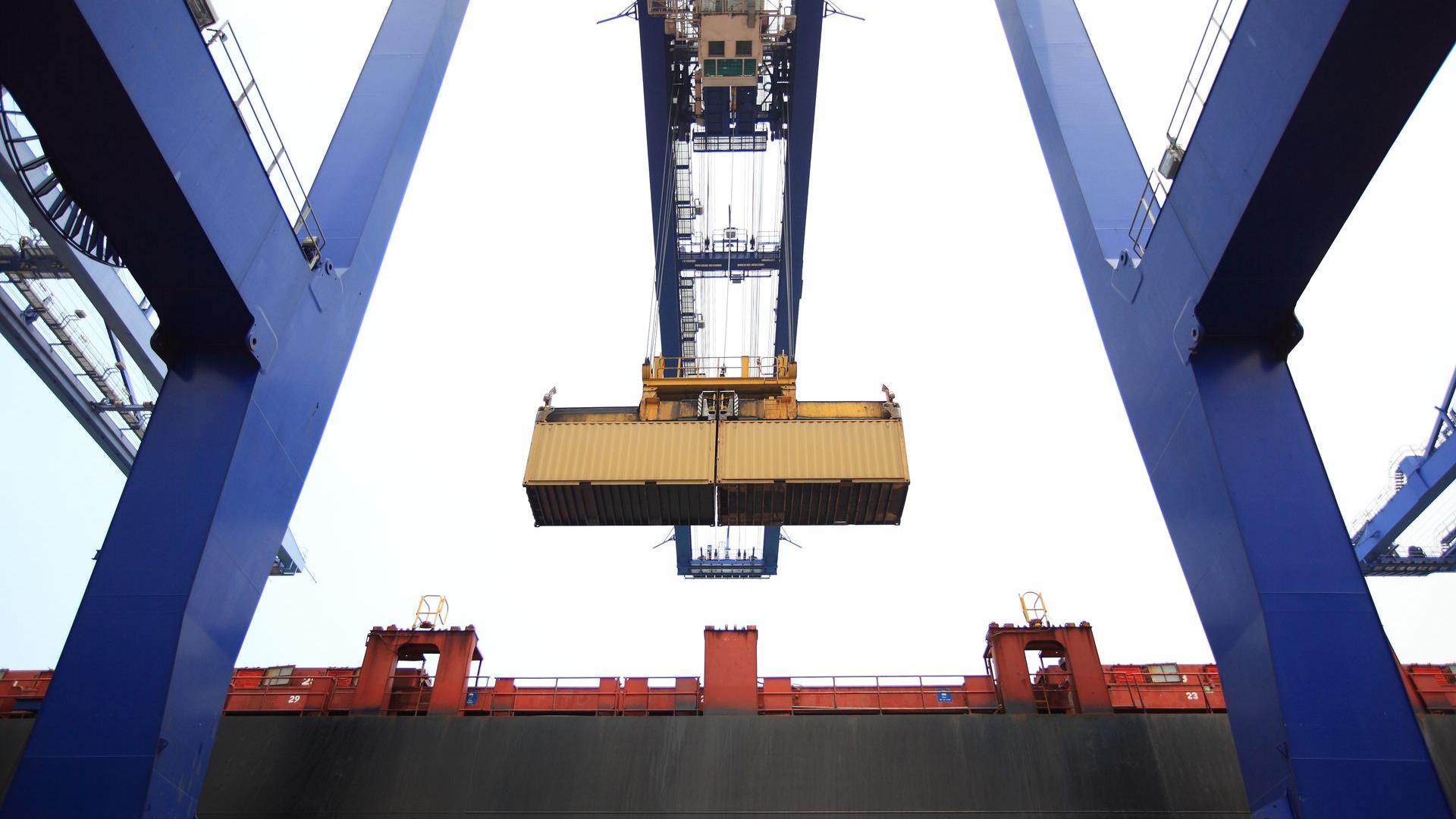Singapore’s port, a pivotal hub in global trade that stands as the world’s largest transshipment port, has recently been facing severe congestion.
This situation has escalated due to several interconnected factors, affecting businesses worldwide and, according to experts, might soon impact end consumers as well.
What are the reasons behind these challenges, the situation’s latest developments, and how to maintain smooth operations and minimize disruptions? Let’s take a deep dive into the largest congestion since the end of Covid-19!
Reminder: Key Causes of Congestion
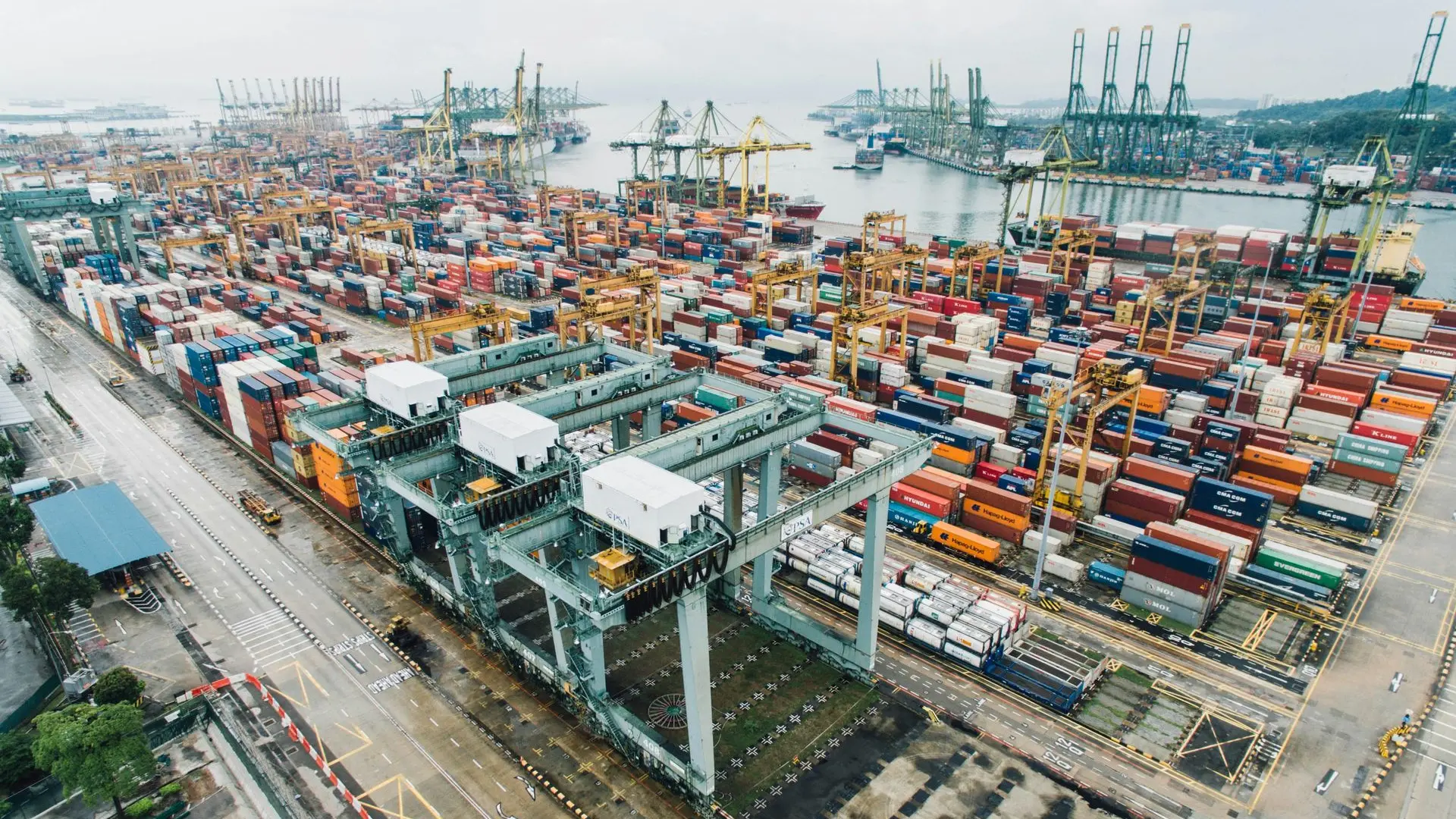
Shipping Route Changes
Attacks in the Red Sea have forced many container ships to reroute around the Cape of Good Hope. This detour lengthens travel time and leads to higher volumes of cargo being offloaded at transshipment hubs like Singapore.
As ships accumulate cargo and miss scheduled port calls, they arrive in clusters, overwhelming terminal operations and causing delays.
Increased Container Throughput
This year, Singapore's container throughput surged by 8.8%, reaching 13.4% million TEUs. The increased demand means more containers per vessel call, resulting in longer port stays and delays as ships arrive off schedule.
Recent Developments
Global Supply Chain Strains
Congestion at Singapore's port creates ripple effects on neighboring ports like those in Malaysia.
Delayed ships often divert to these alternative ports, effectively reducing pressure on Singapore, but they then face their own congestion issues.
The overall supply chain is affected as rerouted ships contribute to regional bottlenecks.
Peak Season Arrives Early
The peak season has started earlier than usual this year, driven by increased demand for goods from China to the US and Europe and further exacerbated by the rush to secure inventory before new tariffs on Chinese products are put into effect.
This early peak reinforces port congestion as more cargo is moved in a shorter time frame.
Port Measures
To alleviate congestion, Singapore's port authorities have reactivated additional berths, expedited new berth commissioning, and adjusted operational procedures. These measures have helped reduce average waiting times, though challenges remain.
Signs of Improvement
Recent data indicates some easing of congestion. Container ship arrivals in June 2024 were the lowes since February 2023, while throughput dropped by 5% and vessel arrival by 10% from May.
However, it remains uncertain if these improvements will persist.

Source: GoComet, https://www.gocomet.com/real-time-port-congestion
Strategies for Managing Congestion Impact

1. Optimize Shipping Routes and Ports
Collaborate with your logistics provider to explore alternative routes and ports. Your logistics partner can help you monitor congestion levels at these locations to make informed decisions about diverting shipments and evaluate whether the current easing in Singapore justifies rerouting or if alternative ports will experience delays.
2. Multi-Modal or Alternative Transport
In our previous article, we explored how opting for sea-air combinations via Gulf Hubs, for instance, can help businesses enhance efficiency amid the Red Sea Crisis.
3. Advance Inventory Management
Build up inventory levels ahead of peak seasons to prepare for potential delays. This proactive strategy helps manage disruptions and ensures you can meet customer demands even if shipping schedules are impacted.
4. Flexible Scheduling
Adjust shipping schedules to account for potential delays. Extent lead times for shipments to avoid the rush and ensure timely delivery despite congestion.
This approach helps manage expectations and minimizes disruptions to your supply chain.
5. Leverage Your Logistics Partner's Expertise
Partnering with an experienced and trusted logistics provider offers significant advantages.
They can guide you through optimal shipping routes, manage scheduling complexities, and provide real-time updates on port conditions. Their expertise ensures smoother operations and helps navigate congestion effectively.
For businesses navigating these complexities, partnering with a logistics provider experienced in managing such disruptions can be invaluable.
ASI Logistics brings 15 years of expertise and a strong presence in seven key Asian locations: Shanghai, Ningbo, Qingdao, Xiamen, Hong Kong, Ho Chi Minh City, and Phnom Penh. Supported by our European parent company, we are well-positioned to help you navigate global shipping challenges.
During the Covid-19 supply chain disruptions, ASI Logistics’ flexibility, customer-centric approach, and innovative solutions minimized disruptions for our clients.
Today, our mission remains the same: to ensure your logistics operations are smooth and optimized, no matter the context!
No matter the context, ASI Logistics, strong of 15 years of expertise, provides you with the most adapted logistic solution to fit your needs and ensure you enjoy the benefits of smooth operations.
Thanks to our eight offices, including five conveniently located on China's east coast logistic hubs (Shanghai, Ningbo, Xiamen, Ningbo, and Hong Kong), its two branches in Ho Chi Minh City, Vietnam, and Phnom Penh, Cambodia, the expertise of our European mother company and our worldwide network of logistic experts, ASI Logistics accompanies you at every step of your product's journey from, to and within Asia.
Our Values
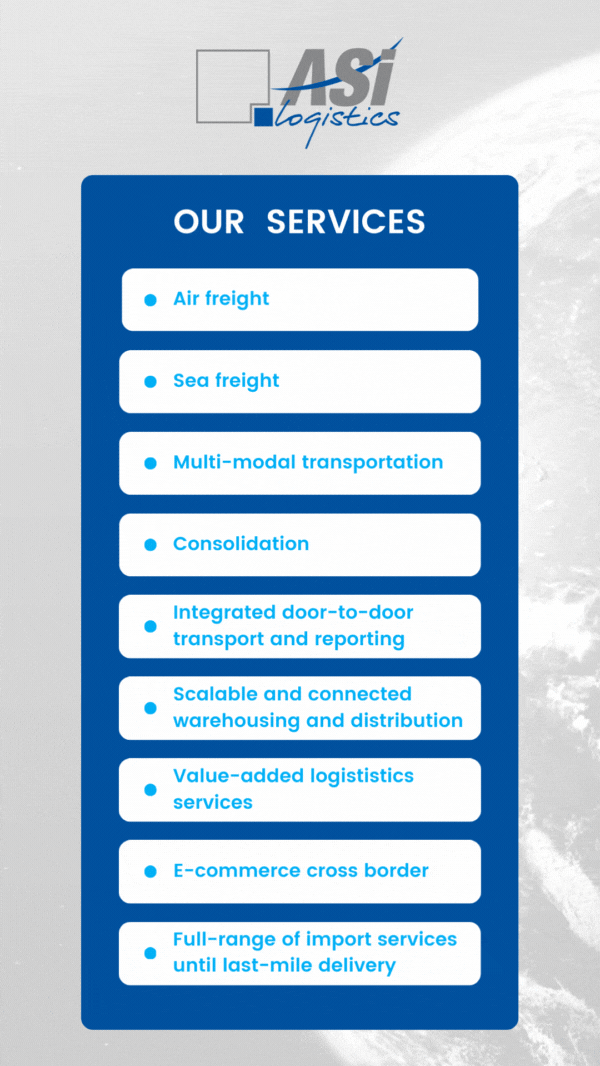
Get in touch with our teams!
Contact Us
No matter the context, ASI Logistics, strong of 15 years of expertise, provides you with the most adapted logistic solution to fit your needs and ensure you enjoy the benefits of smooth operations.
Thanks to our eight offices, including five conveniently located on China's east coast logistic hubs (Shanghai, Ningbo, Xiamen, Ningbo, and Hong Kong), its two branches in Ho Chi Minh City, Vietnam, and Phnom Penh, Cambodia, the expertise of our European mother company and our worldwide network of logistic experts, ASI Logistics accompanies you at every step of your product's journey from, to and within Asia.
Our Values
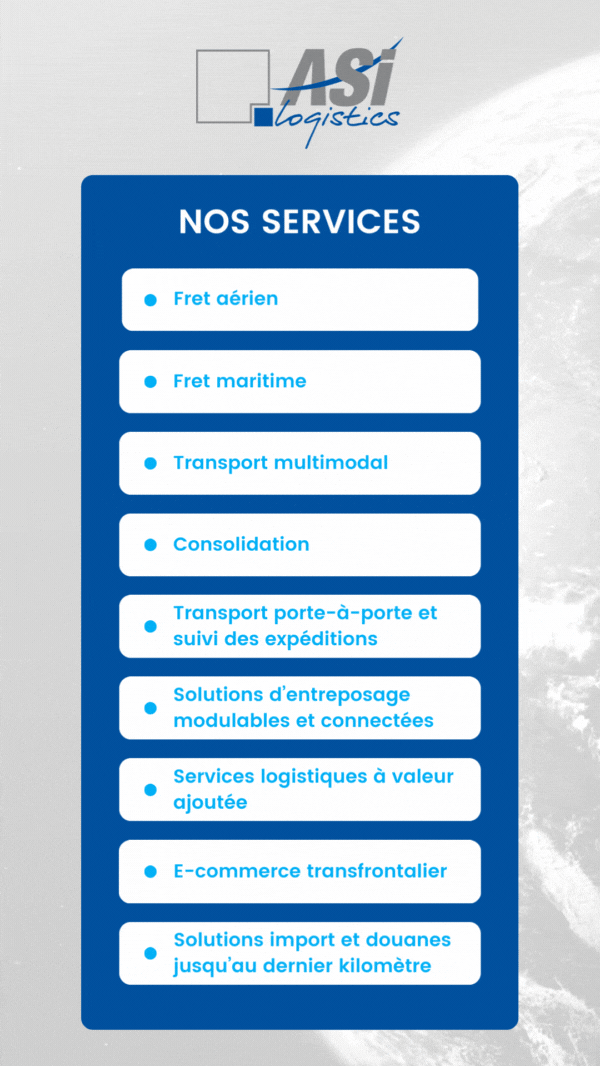
Get in touch with our teams!
Contact Us
No matter the context, ASI Logistics, strong of 15 years of expertise, provides you with the most adapted logistic solution to fit your needs and ensure you enjoy the benefits of smooth operations.
Thanks to our eight offices, including five conveniently located on China's east coast logistic hubs (Shanghai, Ningbo, Xiamen, Ningbo, and Hong Kong), its two branches in Ho Chi Minh City, Vietnam, and Phnom Penh, Cambodia, the expertise of our European mother company and our worldwide network of logistic experts, ASI Logistics accompanies you at every step of your product's journey from, to and within Asia.
Our Values
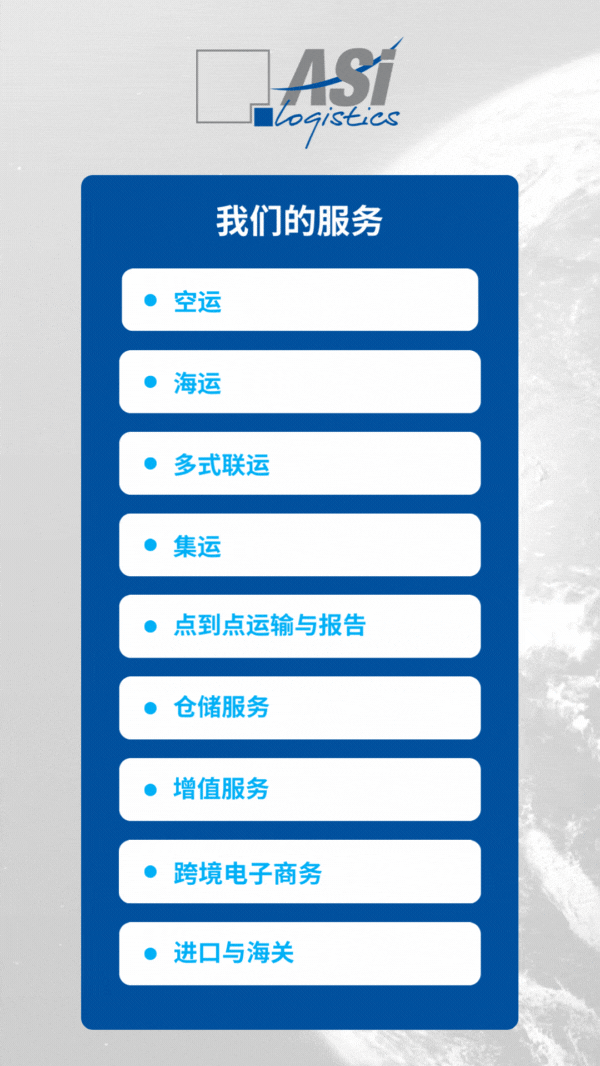
Get in touch with our teams!
Contact Us
Sources:
- Chin, Y. (2024, July 15). Singapore’s port congestion is showing signs of abating. Bloomberg. https://www.bloomberg.com/news/articles/2024-07-15/singapore-port-logjam-shows-signs-of-abating-as-traffic-thins
- Fok, P. (2024, June 17). Global shipping: Singapore port congestion intensifies, leading to container shipping delays and price increases - CGTN. CGTN. https://news.cgtn.com/news/2024-06-17/VHJhbnNjcmlwdDc5MzM1/index.html
- GoComet. (2024, July 29). Port Congestion Status Data Worldwide. https://www.gocomet.com/real-time-port-congestion
- World container index - 25 jul. Drewry. (2024, July 25). https://www.drewry.co.uk/supply-chain-advisors/supply-chain-expertise/world-container-index-assessed-by-drewry
- Yoon, J. (2024, July 9). Singapore port congestion threatens to gum up global trade. Financial Times. https://www.ft.com/content/e2392e81-5b79-4655-a68d-44c246671c86
Pictures Credits:
